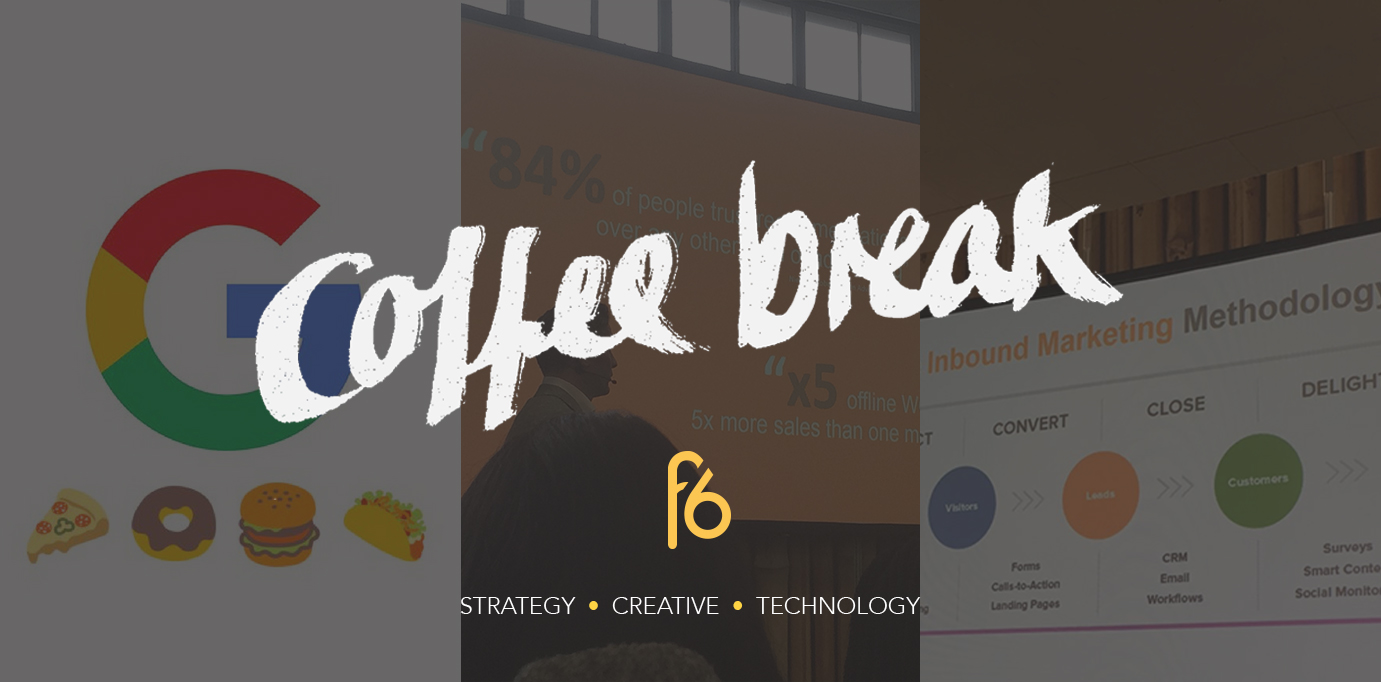Here’s our roundup of what we’ve been talking about this week, including Google’s u turn on allowing emojis in search results, how to get the best out of inbound marketing, and why you should be encouraging your consumers to talk to each other about your product.
Chris, Head of Digital
🙂 🔍 Emoji’s are back in Google search results!
Whether you love or hate them, Emoji’s are here to stay as a communication tool. Our brains processes them faster than text and they have no language barrier. A 🙂 means the same thing from London to Lagos.
The question is, do they belong in Google search results?
Google removed Emoji’s from appearing in search results in 2015 due to the fact that marketers were making their search results look like a bag of Skittles whilst trying to use Emoji’s to increase click through rates. While other platforms where the clever use of Emoji’s has increased engagement have shown that the theory is sound, Google deemed that due to the out of context overuse they would no longer support Emoji’s in search results.
But now in 2017, Emoji’s are back in Google search results. Due to the fact that Emoji’s are everywhere, I don’t think they could ignore them any longer. They have learnt from their previous outing, and by using their super intelligent algorithm ‘Rank Brain’, will only display Emoji’s that are relevant and in context of the search.
Brands will therefore have to make sure that any use of Emoji’s strengthens campaign messaging, rather than diluting the communication.
Whether I love it or hate it, I still don’t know but Emoji’s in search results are here to stay! For now anyway…
Candice, Managing Director
Understanding the power of inbound marketing.
The F6 team recently went to the Marketing Week Live event, which celebrates marketing that matters. Every year there is a build up to the event—from what it will have in store for marketeers and what experts and exhibitors will be there, to the keynote sessions on presenting the most disruptive brand marketing campaigns of the moment.
I attended one particular keynote, speaking about the power of inbound marketing and how to attract customers with digital advertising. The talk was great and I found a particular part interesting as I know clients would find the value in understanding the methods in inbound marketing useful.
Understanding the buying cycle is so important to make sure that you are marketing correctly at each stage to continually attract customers. Think of things like the following:
Attract
How are you attracting new opportunities? Do they come to your website from an ad that you have placed? Do they come to read the content that you are creating on your blog posts or do they come from your social media platforms?
Convert
Once a visitor has arrived, how are you converting them? Do you have the right calls-to-actions on your website? Are you cross selling? Have you thought of building forms to help guide you as a business to understand the visitors needs?
Close
Once you have the lead, how are you closing them to becoming a loyal customer? Do you keep them up to date, via a CRM system or do you send them emails?
Delight
Once they are a customer, how do you delight them to maintain doing business with you or to help to drive referral business? Have you thought of using surveys or smart content engagements to help push promotions?
Identify where in the sales funnel different forms of communications are more compelling and you will soon discover that your marketing efforts will work well to drive and attract quality prospects.
Keep posted, as we’ll be putting together a blog post highlighting the overall experience and interesting finds from Marketing Week Live in the next couple of days.
Sian, Creative Strategist
Talking to your target audience is good, but getting them to talk to each other is even better
For all the talk at Marketing Week Live ‘17 regarding how to get the best insights in order to target the right audience, one talk stood out in that it flipped the idea of directly pursuing consumers and instead addressed the power of letting your customers do the marketing.
This is interesting in that it directly makes use of the relationship consumers want to have with brands. Indeed, 87% of people want more meaningful relationships with brands, but only 13% of these people think brands are currently delivering this.
But what do we mean by letting your customers do the marketing? Sometimes referred to as co-marketing or consumer powered marketing, it involves switching your marketing strategy to focus on facilitating purchases driven by word of mouth and user generated content.
Not only can brands save money and boost sales by doing this, but they can benefit from heightened awareness and credibility, rich ready-made content, actionable insights, and powerful recommendations.
An anecdote told in the presentation underpins the power of peer-to-peer recommendations in co-marketing: No one has ever recommended a lipstick for ‘moisture that goes deep’. Instead it’s more action inciting to hear from a friend that it won’t rub off when I’m eating lunch.
And there’s not just anecdotal evidence, 84% of people trust recommendations over any form of advertising, whilst offline word of mouth drives up to 5x more sales than one media impression.
So perhaps instead of solely focusing on how we’re going to talk to the right audience, we need to shift our focus to how we get them to talk back and to each other.





